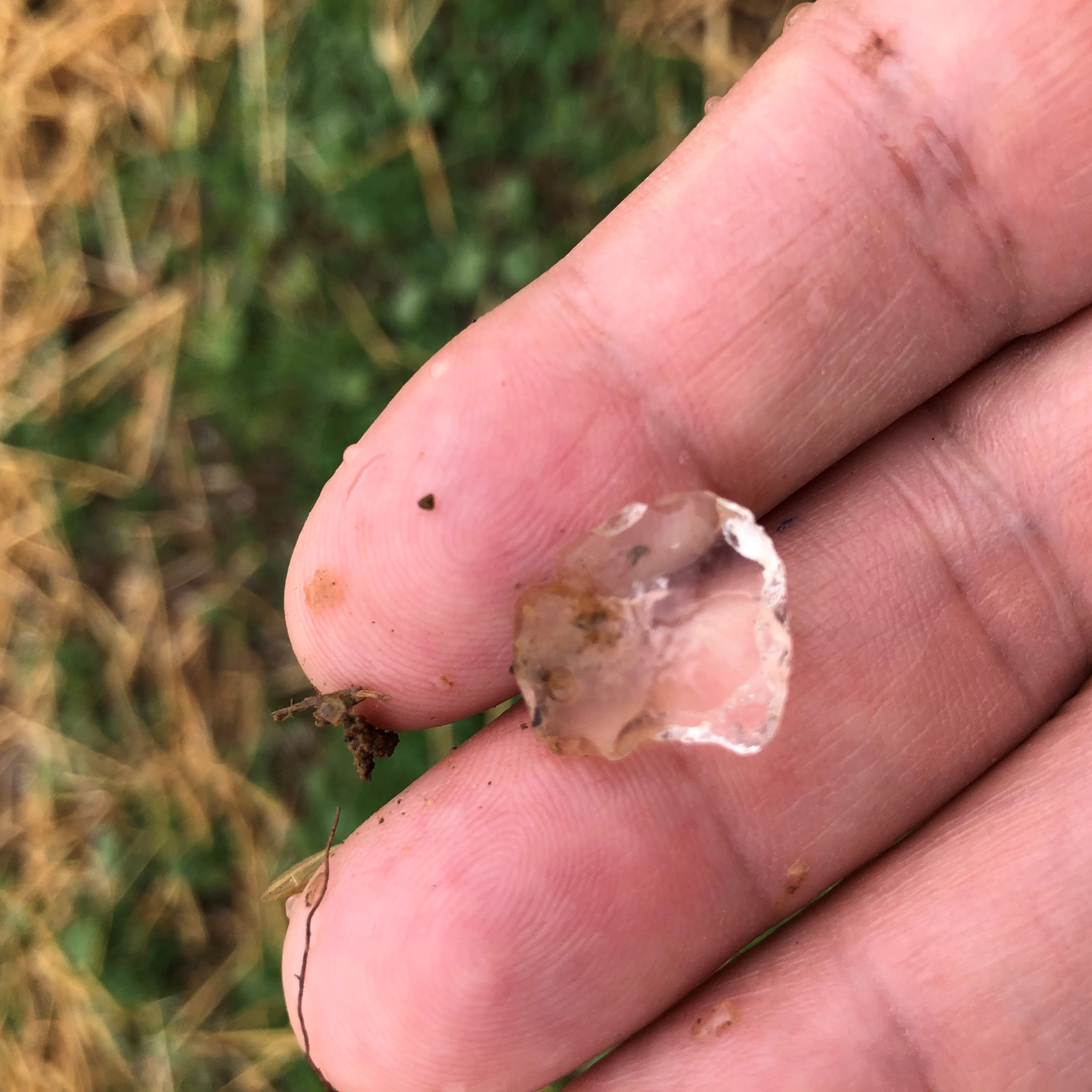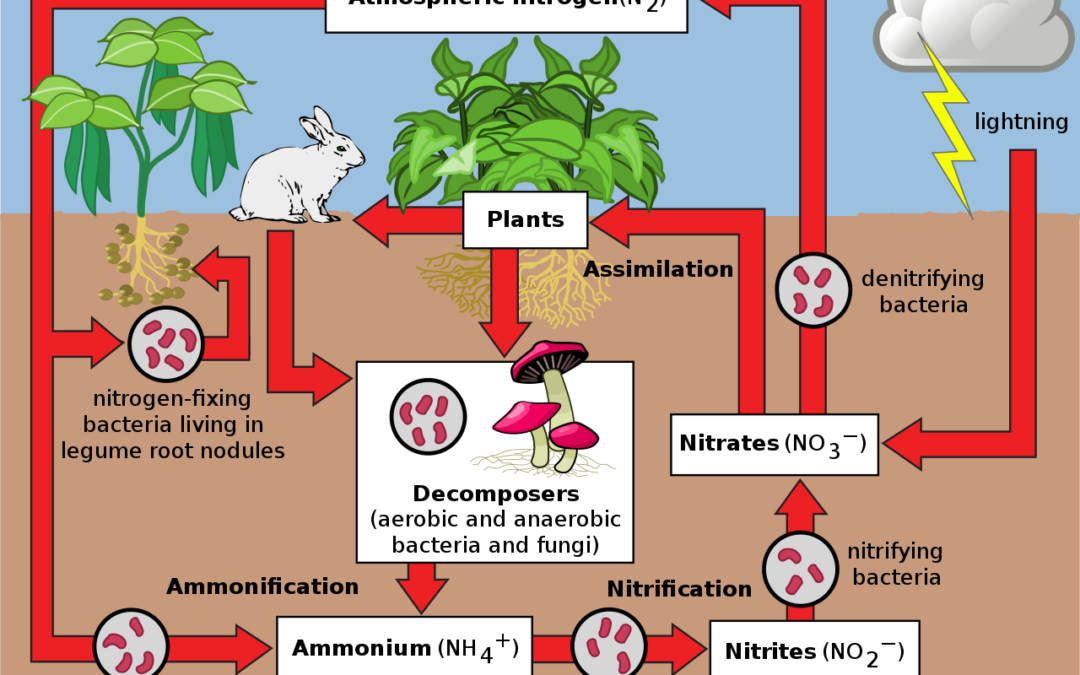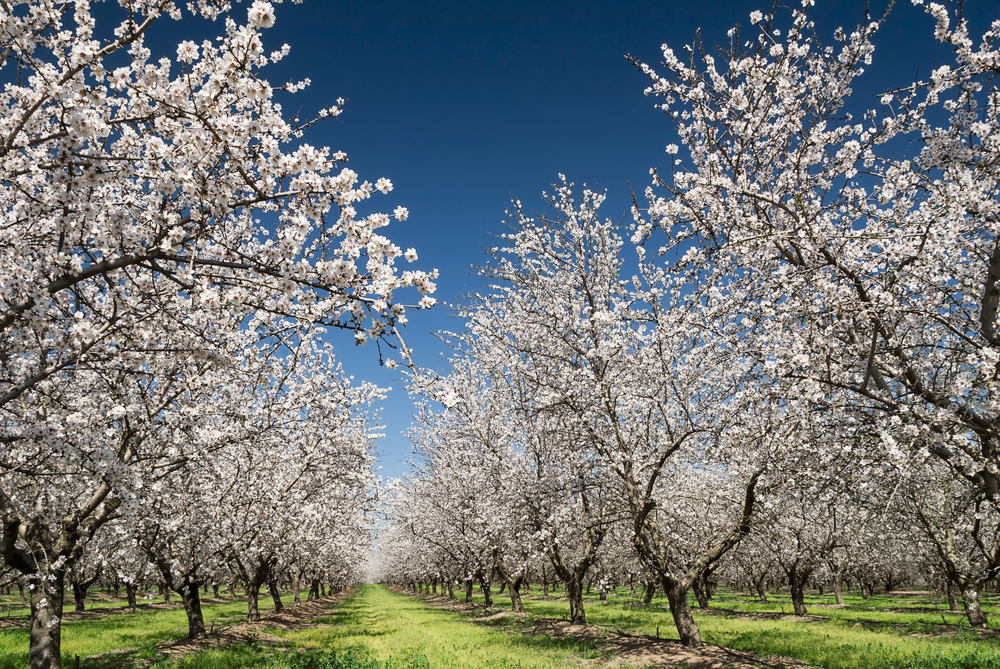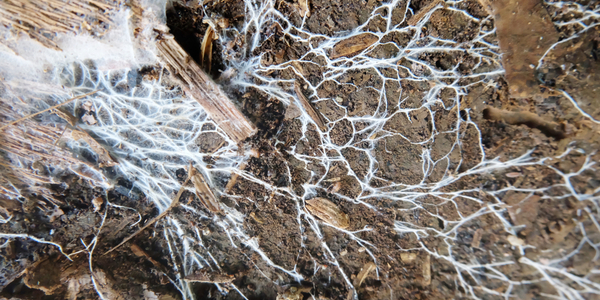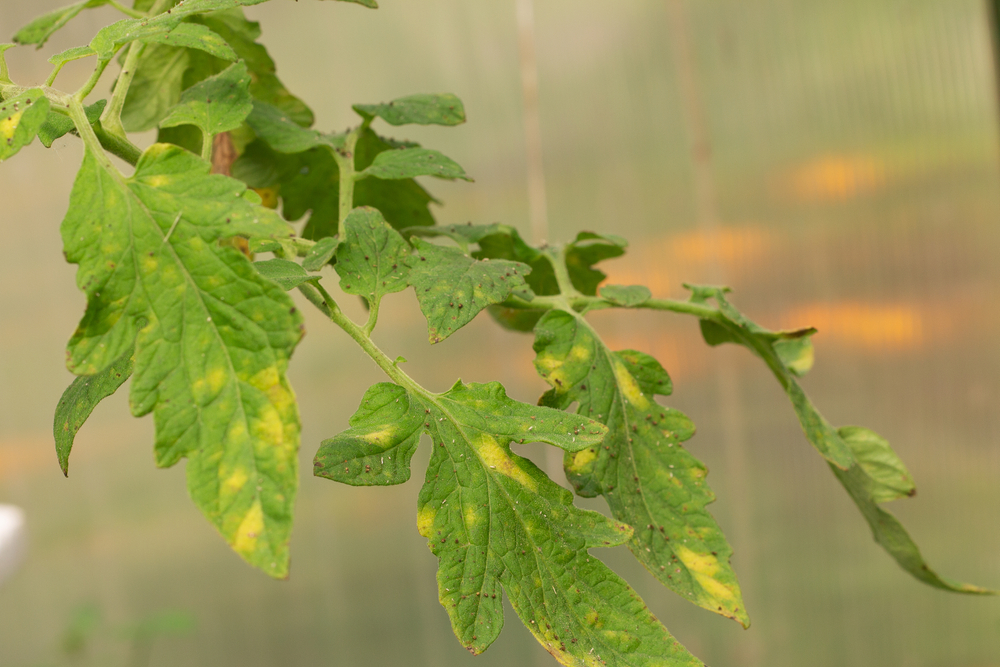We’ve decided to change the format for our newsletters for a while, and address questions from the field. I already do this indirectly: Many times these questions inspire me to conduct additional research and the information will then find its way into a newsletter. Fielding questions from growers is about as good as it gets for me, and I encourage all of you to send yours my way. We like to solve problems! If we get related questions, we’ll try to group them into a themed response.
I’m an organic almond grower and I’m looking for more nitrogen options. What do you recommend?




